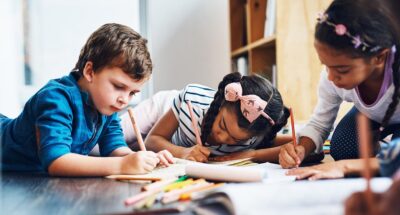
Art on Purpose
Students learn about and explore what is meaningful to them through art.

Students learn about and explore what is meaningful to them through art.
Students will:
Step 1: What is Purpose
Step 2: Brainstorm
Step 3: Purpose People – Reflection
Step 4: Purpose People – Imagine
In her study of 14 diverse elementary school students from a charter school in California, purpose expert Dr. Heather Malin found that children used art to explore their interests, express themselves, and make meaning of the world around them – important precursors to developing a sense of purpose.
Scientists define purpose as a commitment to accomplish something that is meaningful to you personally, and that makes a difference in the world. Having a strong sense of purpose in life has been linked to greater well-being, resilience, and even longevity. Students with purpose find more motivation and fulfillment in their schoolwork and tend to be more successful in school as well.
The foundations for developing a life of purpose begin in early childhood. Art has been shown to be a very effective way for children to explore meaning-making and their own identities, helping them to “connect their inner lives with their social and cultural surroundings.

Do you want to dive deeper into the science behind our GGIE practices? Enroll in one of our online courses for educators!
Comments